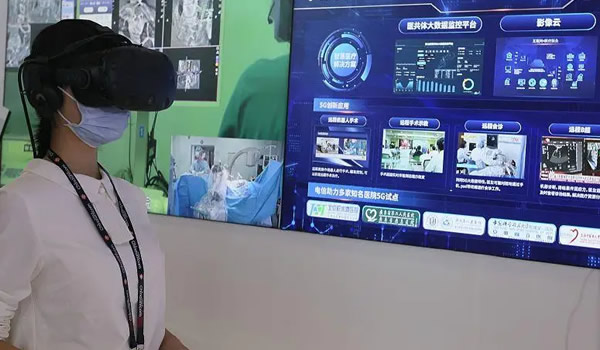Integrative medicine combines modern evidence-based treatments with traditional practices such as herbal medicine, acupuncture, and mindfulness. In Asia, this approach is gaining traction as patients and hospitals seek holistic, patient-centered care. This article explores how integrative medicine is being applied across the region.

Asia has always been a cradle of traditional medicine, with systems like Traditional Chinese Medicine (TCM), Ayurveda, and Kampo shaping healthcare for centuries. While modern medicine has become dominant, many patients still turn to traditional therapies. Increasingly, hospitals and clinics are blending the two, creating integrative medicine models that address both physical and emotional health.
What is Integrative Medicine?
Integrative medicine is not about replacing conventional treatments but enhancing them. It involves evidence-based use of traditional practices alongside modern medicine to improve outcomes and patient satisfaction. This model emphasizes prevention, lifestyle, and holistic care.
Common Applications in Asia
- Cancer Care: Acupuncture to reduce chemotherapy-induced nausea. Herbal supplements to support immune function. Meditation and yoga for stress management.
- Chronic Pain and Arthritis: Acupuncture and cupping therapy. Turmeric and ginger for inflammation. Physical therapy combined with herbal poultices.
- Mental Health: Mindfulness-based stress reduction programs. Tai chi and qigong as part of anxiety and depression treatment.
- Cardiovascular and Metabolic Health: Diet plans combining modern nutrition with Ayurvedic principles. Herbal remedies like garlic and ginseng alongside prescribed medications.

Integrative Medicine in Hospitals
Several leading hospitals in Asia now offer integrative departments:
- China: TCM hospitals integrate Western oncology and cardiology with acupuncture and herbal therapy.
- India: Major hospitals combine Ayurveda and yoga with modern cardiology and neurology.
- Singapore: Institutions provide integrative cancer care combining chemotherapy with lifestyle coaching.
- Japan: Kampo medicine is widely accepted as part of the healthcare system.
Evidence and Controversies
While integrative medicine is popular, it is not without debate. Critics argue that many traditional practices lack large-scale clinical trials. Proponents emphasize patient satisfaction, reduced side effects, and cultural relevance. Increasingly, universities and research institutes in Asia are conducting studies to evaluate the efficacy and safety of integrative practices.

The Future of Integrative Medicine in Asia
The next decade is likely to see more structured integration. Medical schools are introducing courses in complementary medicine, while governments are funding research into herbal remedies. Digital platforms will make integrative care more accessible, offering online consultations that include both doctors and traditional practitioners.
Conclusion
Integrative medicine in Asia reflects a unique blend of tradition and innovation. By combining the strengths of modern science with the wisdom of centuries-old practices, healthcare in Asia is moving toward a more holistic, patient-centered model. The challenge remains ensuring quality control and evidence-based practice, but the potential for better health outcomes is undeniable.
integrative medicine Asia, holistic healthcare Asia, traditional and modern medicine